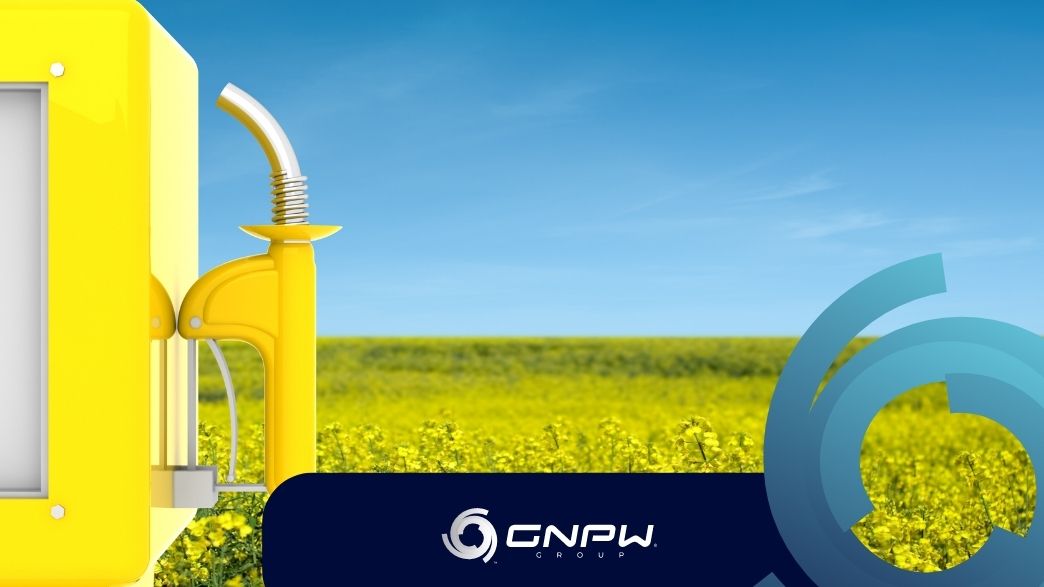Understand the differences between traditional fuels and biofuels and the advantages of using renewable sources for the energy transition.
The use of biofuels by companies has been increasing due to the growing commitment to complying with good ESG practices, acronym for Environmental, Social and Governance, which consists of a set of practices adopted by companies for the conservation of the environment.
In addition to this factor, the war in Ukraine showed European countries that dependence on Russian gas could become a major problem, and it is already causing considerable concern, for the generation of energy in these nations. Thus, both the generation and import of biofuels appear as an alternative to the use of fossil fuels. And, at this point, Brazil shows great potential in the supply of this raw material.
See below what biofuels are and what are the differences with traditional fuel.
What are biofuels?
Biofuels are produced from substrates deriving from agricultural products and from biomass which, in turn, corresponds to the set of waste of animal or plant origin.
From these materials, biological and chemical processes are carried out that originate substances capable of releasing energy, which can be used in vehicle locomotion, such as ethanol and biodiesel, and as a source of electric energy generation, such as biogas.
In addition, the production of biomethane results from the purification of biogas, a process that aims to remove the high carbon content of this fuel, making it less polluting for the environment. Thus, in addition to being a less harmful energy source for nature, in the long term, it can become a cheaper and more efficient option than sources coming from oil and coal, for example. Therefore, companies are seeking to invest more and more in their extraction.
What are the differences between biofuel and traditional fuel?
Fossil fuels are obtained from the decomposition of living beings, whose process takes thousands of years to generate certain substances, for example, oil, natural gas and mineral coal. The delay in its formation, in this way, characterizes it as non-renewable energy sources.
Its great polluting capacity and limited extraction are the main negative factors of this type of fuel. It is predicted that, in view of the immense exploitation that began since the Industrial Revolution, the world’s reserves of fossil fuels are running out and are not able to renew themselves to keep up with energy demand.
Meanwhile, we have biofuels that are extracted from organic matter, a virtually inexhaustible source in the world, since the raw material is taken from plantations, forests, animal waste and urban solid waste. In addition to being less polluting, the production of energy from vegetable fuels provides a new purpose for certain residues that, in principle, would be discarded as garbage.
There are even, in Brazil, new tax incentives in this energy transition, such as what occurs in the exploitation of biomethane. The sector association expects to invest, by 2030, 60 billion reais for the production of this fuel, from credit lines created by the federal government.
Therefore, between traditional fuel and biofuel it is possible to say that with the energy transition the renewable model will be leveraged, with development in technology and innovation, which should attract new investments to the sector. If you liked the content and want more about the energy transition, read this content on the blog.

Comment